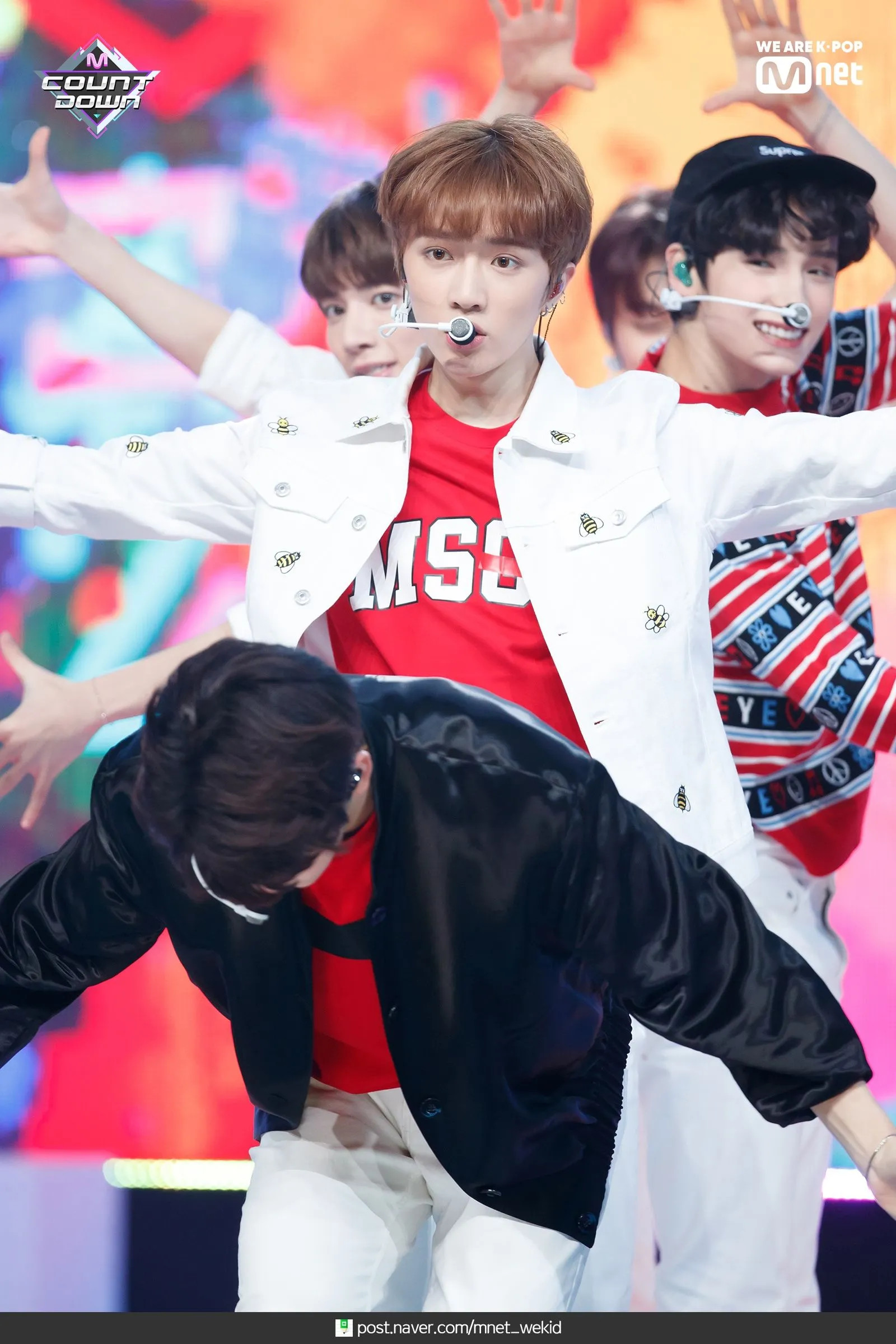

Originally, however, Dreamcatcher was a five-member group with a colourful and bright concept called Minx.

If the Black Mamba (from their debut music video Black Mamba) somehow represents the very worst of our digital selves - a virus of hate, greed, and temptation - then this symbolic splintering of our offline and online personas becomes the crux of Aespa’s narrative.” Interestingly, Aespa’s story is a part of a much larger universe, which has been developed by SM Entertainment, the SM Cultural Universe (SMCU), comprising other artists under the label as well.ĭreamcatcher, who have influences of rock and electro pop in their sound, have had a horror-like concept, where the members are nightmares trapped in a hellish realm, being pursued by a nightmare hunter.ĭreamcatcher, who have influences of rock and electro pop in their sound, have had a horror-like concept But what happens when your æ becomes corrupted? That’s where Aespa’s concept takes a darker, and more compelling turn. They are who we choose to show to the world: similar, but not always truthful. As the physical manifestation of our online selves, the aes are a more perfect version of us. In this virtual world, we all have digital avatars that have been created with our data - every photo we upload, every video we consume, every song we listen to, every purchase we make, and so on. Aespa and the concept featuring their AI counterparts symbolise a pertinent aspect of today’s world - having a digital personaĬrystal Bell writes in Teen Vogue, “On the surface, Aespa’s story is rooted in the concept that we exist in two worlds - the real world and the virtual one.


 0 kommentar(er)
0 kommentar(er)
